When many of us arrive in Thailand for the first time, it might be with a luggage full of stereotypes that we’ve heard about the South East Asian nation from friends, things we’ve read or from Instagram photos. We associate it with sticky Pad Thai along Bangkok’s Khao San Road, a Vipassana meditation retreat or perhaps a Muay Thai boot camp on an island down south. The country conjures within our imaginations images of crumbling temples where strangler fig roots engulf statues, crescent-shaped cerulean coastlines, The Beach-esque tropical islands and vibrant floating markets.
Thailand is all of this. But after a few days, you’ll begin to uncover the Kingdom’s intricacies beyond the cliches. Like that the Siam kingdom was the only South East Asian nation, and one of 10 countries in the world, not to be colonised. Thais are exceptionally proud of this. It reflects in the fact that in the Thai language the country is called Prathet Thai, which translates to land of the free.
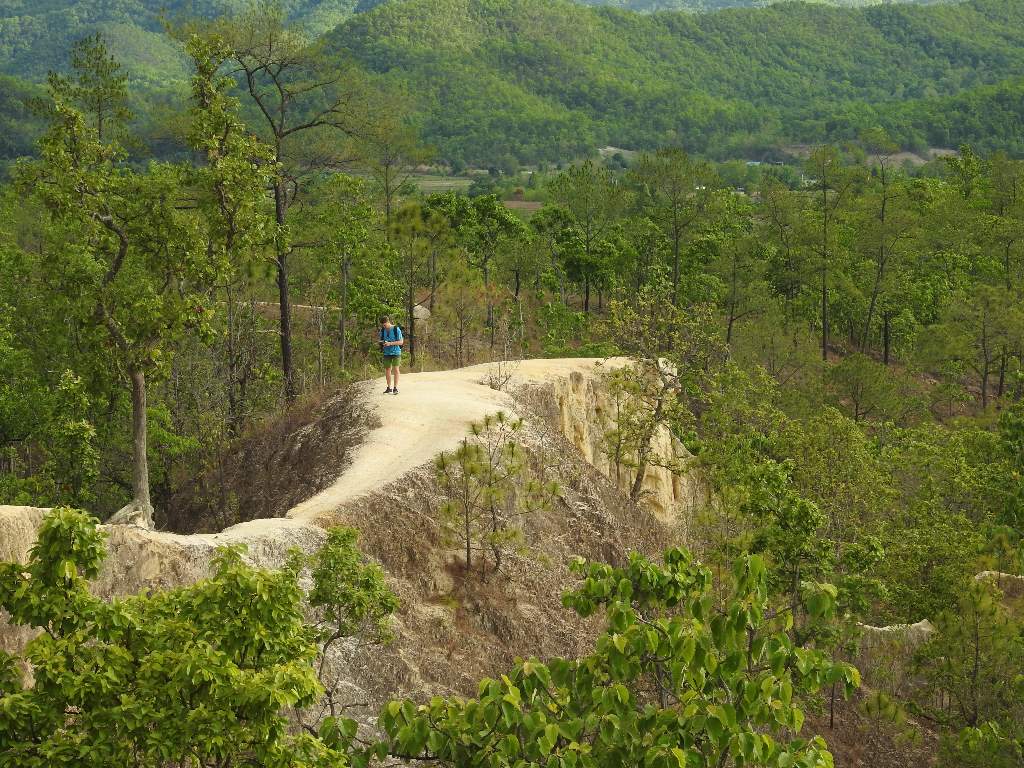
Or that Thai massage, which has become so ubiquitous around the world, finds its roots deeply ingrained within the country’s royal history. Perhaps you’ll have the chance to partake in initiatives spearheaded by the Royal Project Foundation to support hill tribes. And like me, learn to truly appreciate alms giving ceremonies for their sense of community building, beyond the photo opportunity. All in all, you’ll come to understand why this kingdom is called the land of smiles.
30-day north-south itinerary across Thailand
After learning how to ride a scooter in Vietnam, I undertook short road trips across various regions. In 30 days I travelled solo from Chiang Rai, in northern Thailand, to the island of Kho Phangan in the Gulf of Thailand (with a few other places in between) and back to Bangkok to catch my Ethiopian Airlines flight back to Johannesburg via Ethiopia.
I explored the luscious highlands near the hippie enclave of Pai and undertook humbling homestays with two indigenous hill tribes in Mae Hong Son district. Here I experienced the tiring work of planting rice, cultivating crops and the daily hardships of running a farm. My second host family taught me the importance of replacing poppy plantations (which were grown for opium that was driven by a burgeoning tourist market) with a new cash crop: coffee.
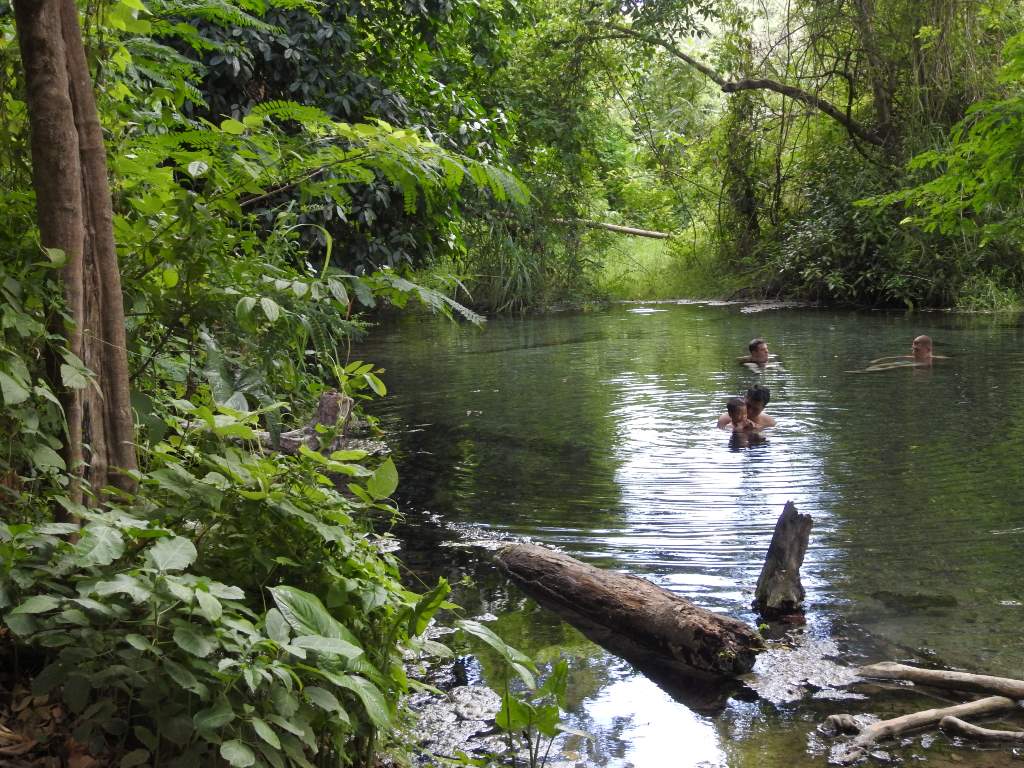
Further down south, in the walled city of Chiang Mai, I experienced the annual Inthakin Buddhist festival, whilst temple hopping and stood atop Doi Inthanon, the country’s highest peak.
On the outskirts of Bangkok, at a former commercial rose farm that has been converted into an organic farm, I learned zero-waste and organic living practices that I could implement back home. Here I also donned a chef’s hat to learn how to cook some of my favourite traditional Thai cuisine (Thai Green curry, mango and prawn salad, and Thai pumpkin custard).
On Koh Tao island I completed my Advanced Open Water PADI course, where I dived with a whale shark. And while in Kho Phangan, I channeled the art of simply chilling on the beach, walking the streets, hiking and doing absolutely nothing else but eating, swimming and unwinding.

Thailand is ideal for first-time travellers to Asia and solo travellers
The South East Asian nation is perfect for first-time travellers to the East, as here the culture shock is less evident with the widespread use of English as a second language (alongside Isan, Kam Mueang and Pak Tai), especially in the tourism sector. As tourism is a mainstay of the Thai economy, the infrastructure is well developed and there are many services in place to ease travel throughout the country. I found it easier to travel through Thailand than neighbouring Vietnam, Laos and Cambodia. And there are frequent flight connections to various local tourist hubs and regional cities. My 30-minute Bangkok Airways flight between Bangkok and Chiang Mai saved me around six hours of driving along a 900-odd kilometre route.
I felt safe travelling as a solo female traveller, especially as uniformed tourist police are widespread, especially in tourist hubs. I saw them stationed around bus terminals and walking around with tablets in their hands to offer travellers information. They can assist with everything from handing out maps, to directions to the nearest travel attractions, public toilets and restaurants, as well as where to exchange money or buy a SIM card.
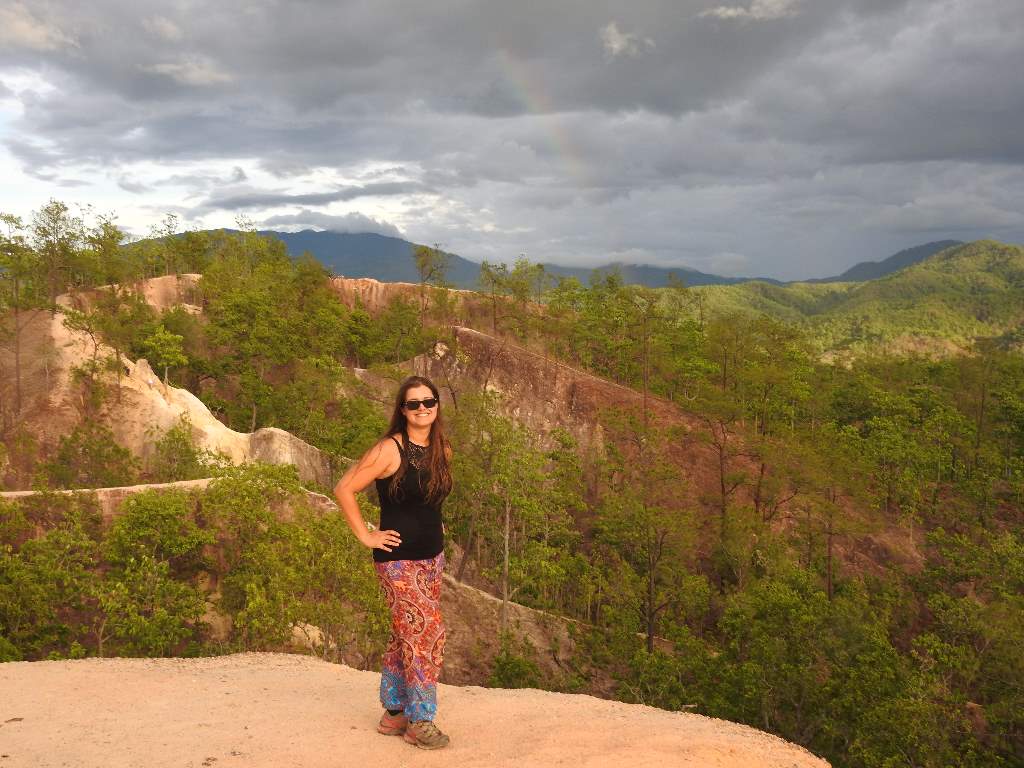
The tourism police is also very active on social media – you can tag them and reach out to them for assistance or to ask questions. Furthermore, the tourism police also help to mediate any kinds of disputes between tourists and locals and offer a local travel insurance in various circumstances. Call the tollfree emergency number (1155) if you’re in any sort of trouble or require medical assistance.
And it’s one of the safest destinations for LGBTQI travellers – but more about that later.
Themed Travel to Thailand
Wellness Retreats and Thai Massages
I learned all about the traditional Thai massage (Nuat Thai) during my three-day stay at Oasis Baan Saen Doi in Chiang Mai.
Nuat Thai is such an important part of Thai history and culture that it was added to UNESCO’s Representative List of Intangible Cultural Heritage of Humanity in late 2019. I had the chance to experience how this non-medicinal therapy uses a combination of acupressure, reflexology and assisted stretches that help to rebalance the body’s energy flow.
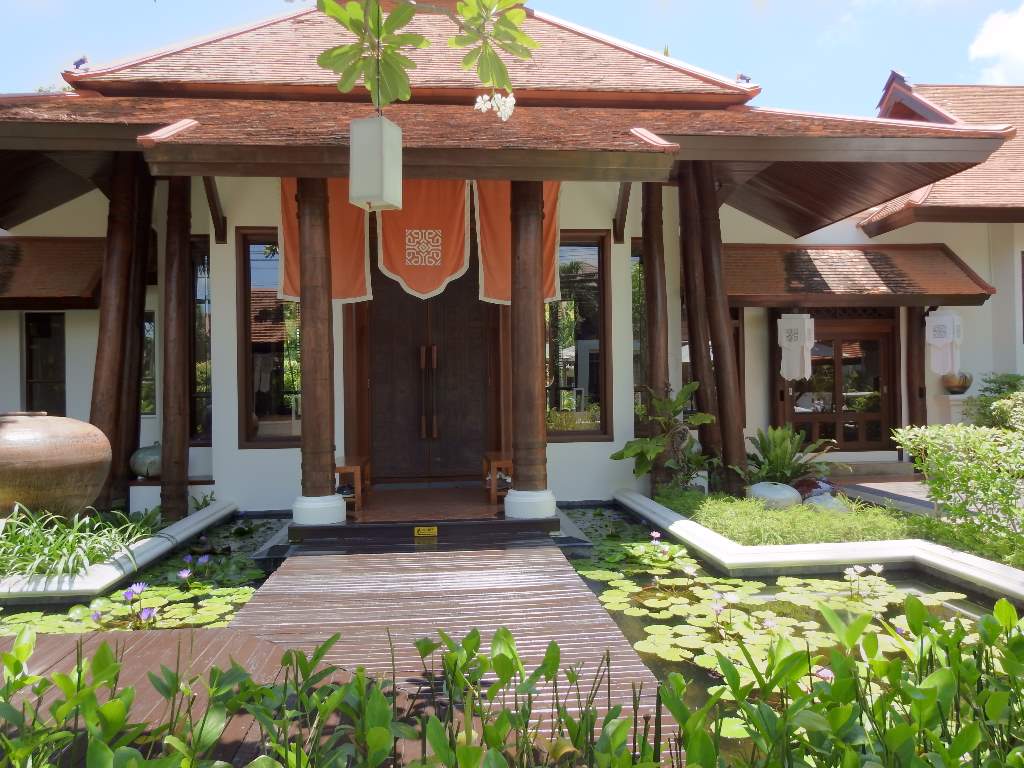
It came at the most opportune time as I had already been traipsing around with my backpack for over two months and was beginning to weary.
My hosted stay at Oasis Baan Saen Doi and spa was the perfect place to wind down. It is located on the outskirts of the city in a leafy suburb at the foot of a forested peak. This luxurious boutique hotel is located within a renovated Lanna house that is decorated with hill tribe artefacts.
Next time I visit Thailand I’d love to do a 10-day Vipassana meditation retreat. Would love to hear about your experiences if you’ve done one.
Sustainability retreats and learning to cook your favourite Thai dishes
There’s no doubt that Thai food has gained global popularity because it is so mouthwatering. It satiates with a variety of flavours from the sweet-savouriness of Pad Thai to the sourness of Tom Yum soup and the fieriness of red curries. Fried rice offers a simple change and there are many vegan and vegetarian options on every menu across the country. Street food culture will introduce you to the taste of scorpions, grilled crocodile, deep-fried insects and froglet skewers. Eat like a local by using your fork to scoop food onto your spoon and eat with it.
I ventured to Suan Sampran, less than an hour’s drive from central Bangkok, for a hosted stay to learn more about organic living. This former rose farm has been transformed into a sustainable retreat. It also supports organic farmers in the region and supplies various hotels and supermarkets with fresh produce.
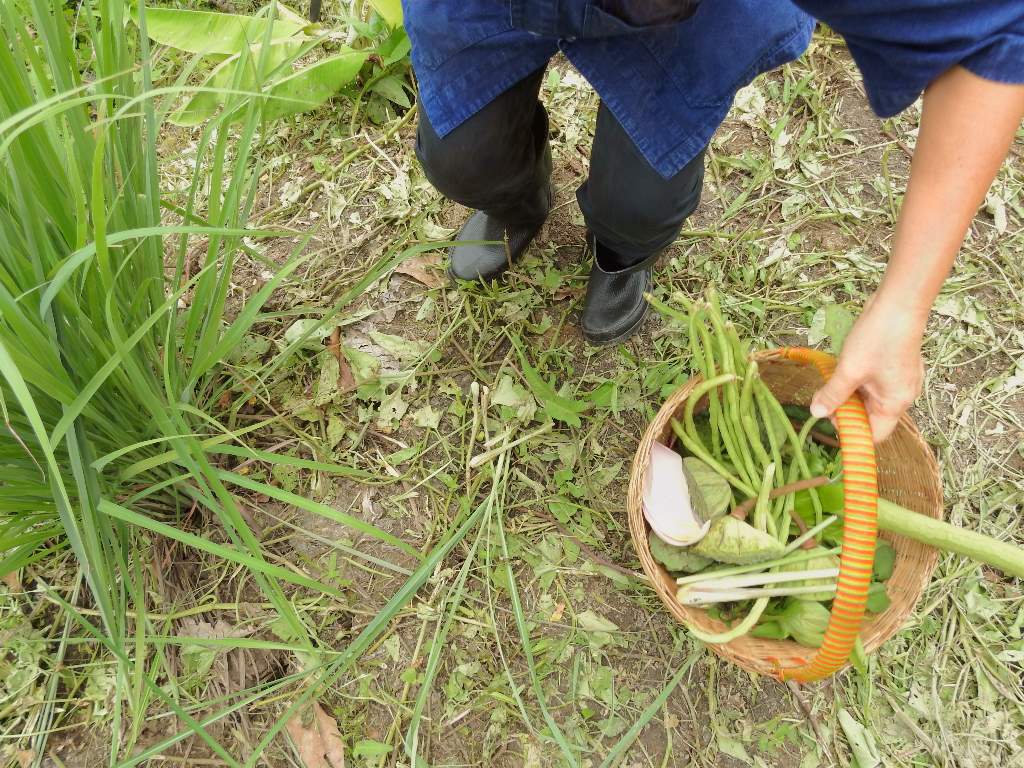
Before my cooking lesson, we picked organic ingredients from the farm, which is a short boat trip across the river. It was here that I tried lotus seeds for the first time. I also learned how to make my own compost. Once we returned, I had a private cooking class along the riverside to learn how to cook some of my favourite Thai dishes – green curry, shrimp salad and coconut pumpkin custard.
Suan Samprasan avoids food waste and reduces plastic usage, even their cooking oil is converted into biofuel to power their tram. The adjoining cultural village offers travellers insights into the historical and cultural aspects of the Siam Kingdom, while teaching them various skills, such as how to dye clothes using tumeric, weave with reeds, sculpt clay, and make coconut cakes, all while supporting nearby communities.
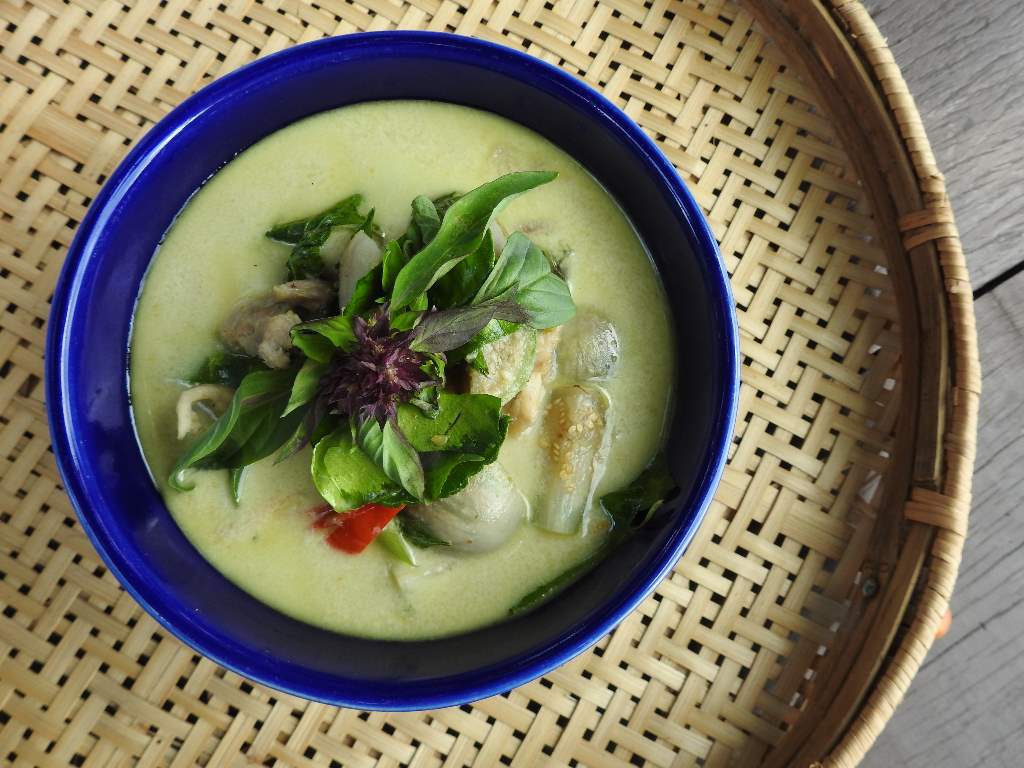
Songkran: Thai New Year
Each year, Thais have water fights in celebration of Songkran – the Thai New Year, which falls on 13 April and is observed, particularly by Buddhists, as a holiday period from 12–16 April. If you’re visiting Thailand during this period, prepare to get splashed and very wet, all in the spirit of renewal. Crowds of people roam around the streets armed with water pistols and throw buckets of water with the intention to soak everyone nearby. It comes as a huge relief too, as April is the hottest time of year in Thailand.
Songkran derives from the Sanskrit word saṃkrānti, which translates to transformation. The symbolism of pouring water over Buddha statues, especially those at temples, represents the cleansing of sins and the washing away of any bad luck. The intention is to ring in the start of the solar calendar with a fresh start. It’s a time for reflection and family time.
Community-based tourism and home stays
Community-based tourism was on the rise in Thailand, pre-Covid-19. It was a concerted effort by the tourism ministry to spread the wealth from various tourism initiatives beyond hotel chains and large tourism businesses to ordinary individuals. And while post-Covid travel regulations will likely impact this section of the tourism market in the future, I hope that it regains traction in the future with the help of proper procedures in place.
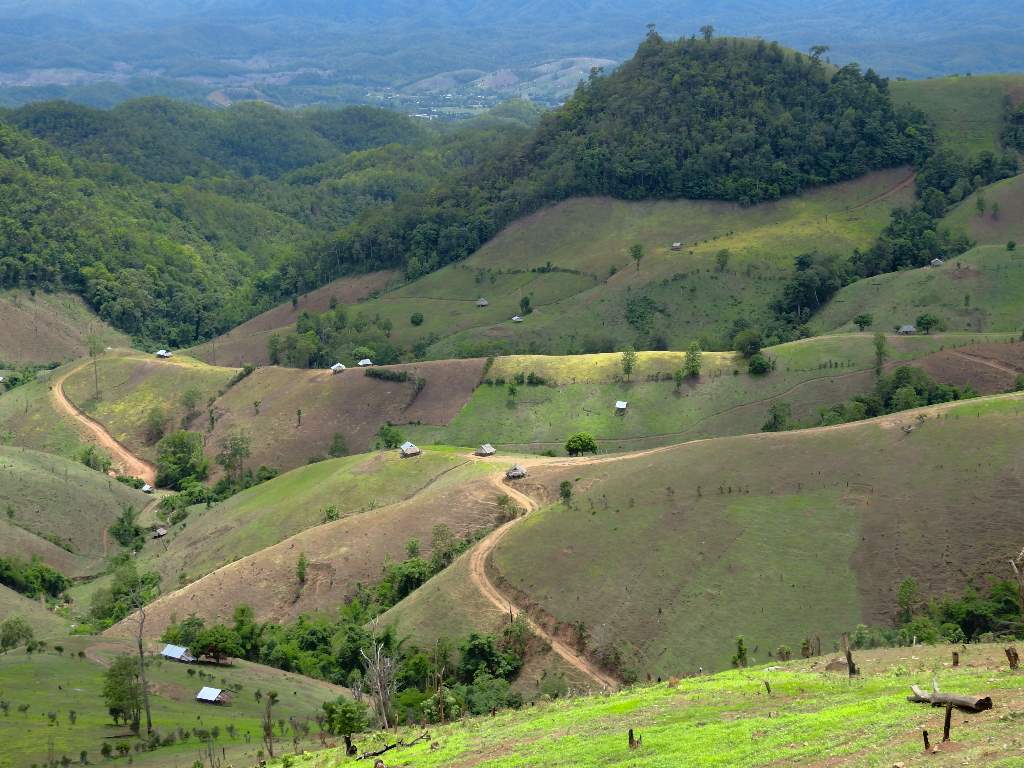
I undertook two homestays in northern Thailand, with a family of rice farmers and coffee growers within the Mae Hong Son region. It was the highlight of my trip as it allowed me to interact with locals within an authentic environment and to learn more about their everyday way of life, beyond the stereotypes we often read about in guidebooks and see in travel brochures.
Thai Localista offers authentic homestays and experiences. They connect travellers to families, act as tour guides and translators and also ensure that profits go directly to the villages or host families. Many travel agencies also partner with vetted families that have a spare room and offer travellers insights into daily life.

As a guest, you’ll do everything the family does, from helping them work in the fields, if they are farmers, to picking vegetables for dinner and preparing meals. It’s a humbling experience and one that allows you to experience reality, beyond the resorts and hotels.
Pride: A Safe Destination for LGBTQI travellers
Thailand’s policies are one of the most advanced in Asia, when it comes to the LGBTQI community. In 2018, a bill was passed through parliament to allow same-gender civil unions. Thailand is a welcoming and gay-friendly country with a number of LGBTQI hot spots throughout the country from Bangkok, Chiang Mai and Phuket to Pattaya and beyond. Pride takes place in Phuket each April. The Gothaibefree.com (#GoThaiBeFree) website offer resources for LGBTQI-specific itineraries and travel inspiration.

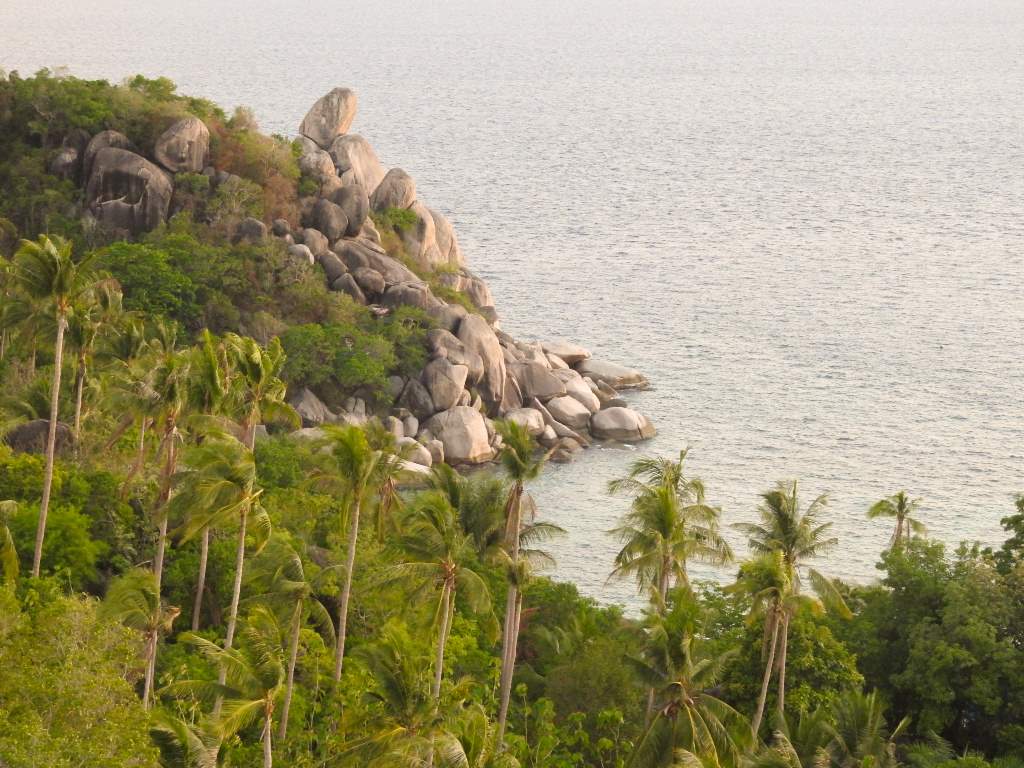
What you need to know when travelling to Thailand
Start with this free Amazing Thailand ebook
The Tourism Authority of Thailand has compiled a free, easily-searchable ebook for travellers in place of traditional travel resources found at tourism offices across the country, to try minimse contact in the face of the global Covid-19 pandemic and as part of its commitment to sustainability.
The ebook covers more than 200 destinations across its 77 provinces, as well as emerging provinces, top destinations, special interest activities and Thai culinary locations. The ebook is a compilation of brochures, guidebooks, 12 maps, and other useful resources that cover all aspects of travelling in Thailand. It’s availabe online at www.amazingthailandebook.com and can be accessed on an Android or iPhone smartphone (amazingthailandebook) and tablet.

Covid-19 Travel Precautions
As of late July, Thailand has ranked number one in the world (out of 184 countries) for its ongoing COVID-19 recovery effort, according to the Global COVID-19 Index (GCI). Thailand was in second place, according to the previous GCI ranking, which was published on 14 June. This illustrates that its recovery strategy has been steady, ongoing and successful in recent weeks.
The land of smiles received an index score of 82.06, putting it on top of the global chart, as an example of best practices in tackling the ongoing global pandemic. In terms of the recovery Index, Thailand is followed by (in order) South Korea, Latvia, Malaysia, Taiwan and New Zealand, as of the latest report.
The GCI bases 70 per cent of its calculation on big data and daily analysis from 184 countries, while the other 30 per cent comes from the Global Health Security Index, an assessment of global health security in 195 countries prepared by the Johns Hopkins Centre for Health Security in the United States.
While Thailand is still closed to international travellers, however as of 01 July 2020 the country has slowly started opening up to domestic travel. This will be monitored and used as a guideline for future travel regulations in light of the pandemic.


Visas for Thailand
South Africans (along with 63 other nationalities) are able to travel to Thailand under the visa exemption rule for between 14 to 90 days. South Africans get a free 30-day visa, provided they meet all the visa requirements, blank pages in their passport (that needs to be valid for six months) and sufficient funds.
When to go: The best time to visit Thailand
Thailand has three seasons: wet, cool, and hot. Depending on where and when you travel. It is always good to check the weather before visiting as some areas are better in specific seasons.
November to March are the cooler with average temperatures in the late 20s and early 30s, whereas April starts heating up with temps in the late 30s and early 40s and it gets very humid. The low season stretches from April onwards which means fewer tourists, more leverage to bargain and lower accommodation and activity prices.
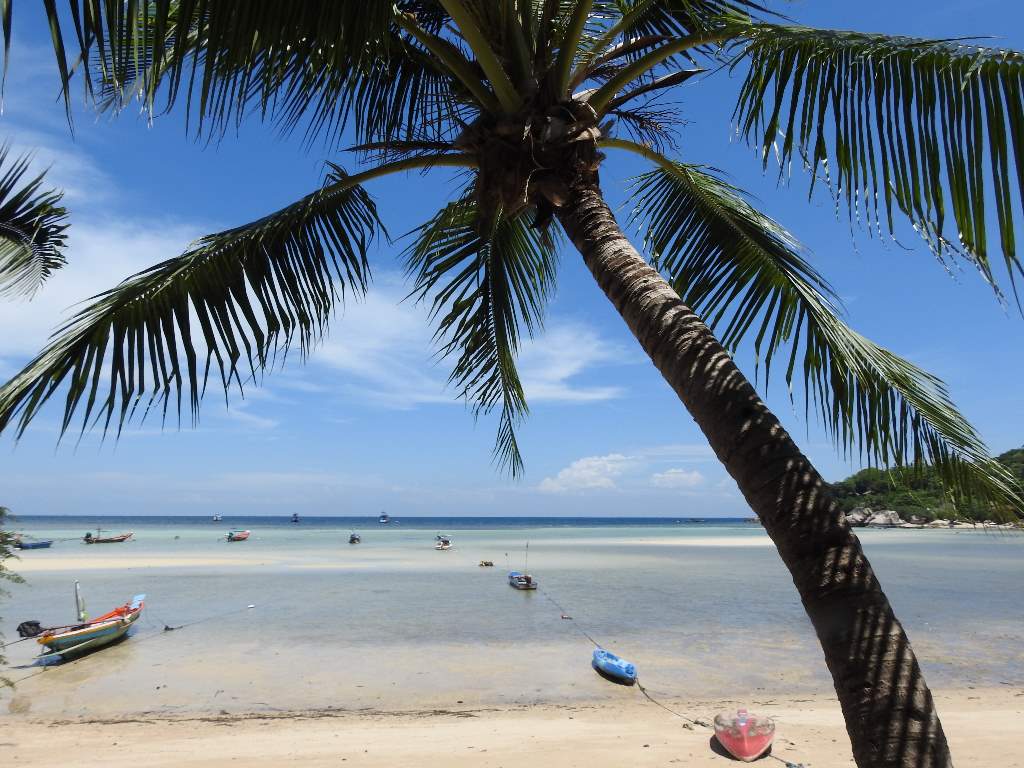
Temple Etiquette
If you’re visiting temples and other religious sites, be respectful. No shorts and tank-tees! Cover shoulders, thighs, elbows and your torso. Remember to remove shoes before entering a shrine, too. Don’t show the soles of your feet to people, as it’s seen as disrespectful. Don’t directly face them to people or images of the Buddha. The Thai are a modest people, so no nudity on beaches, and beach cover-ups are appreciated. They’re used to tourists, but no need to offer unintentional insult.

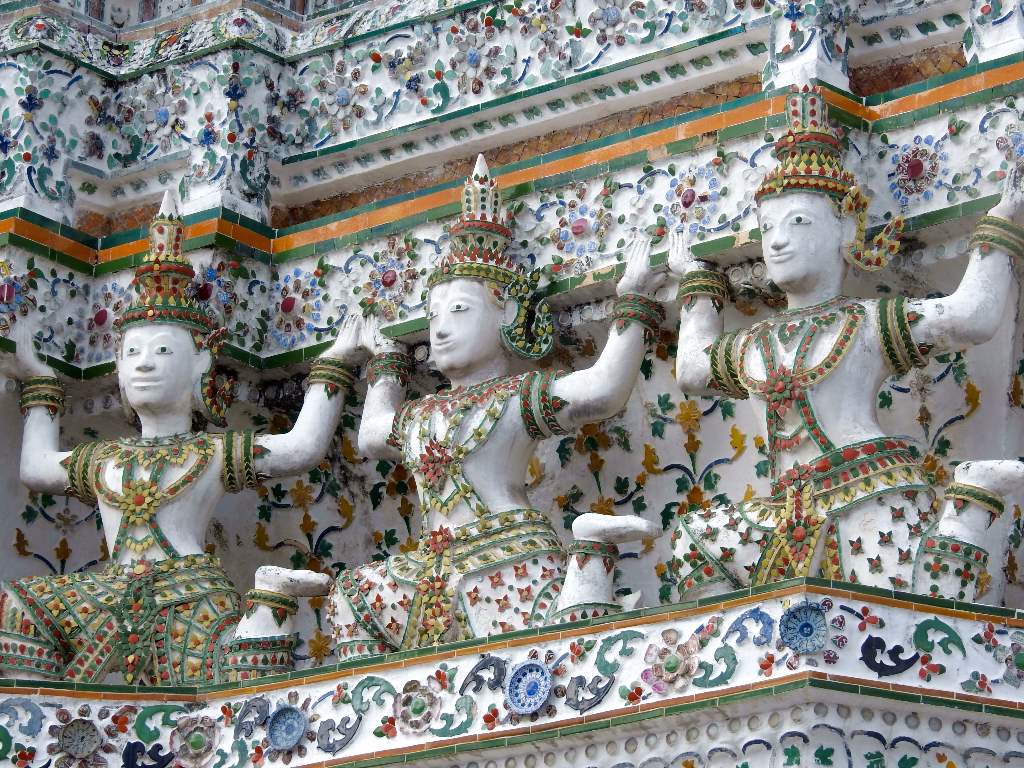
Plastic ain’t fantastic
Smoothie and street food culture is big in Thailand. And sadly, not all of it is disposed in the right way or recycled as it is intended. Tourists seldom fail to mention that Thailand, like many other South East Asian and third world countries, has a plastic problem, without realising that tourists are a huge contributor.
By carrying your own tupperware, reuseable bottles, camping cutlery and metal straws, you can help to tackle the problem. There are water refilll stations around the country that can be found in major cities and smaller villages too, where it costs 1 Baht (R0.50) to refill a 1L bottle. Some coffee shops offer discounts to encourage customers to bring their own drinking flask or bottle. More and more street food vendors are using paper plates and wooden cutlery, and though it never hurts to bring your own, be sure to mention that you appreciate them using biodegradable materials and products. It will also have a long-term effect on demand and hence supply.
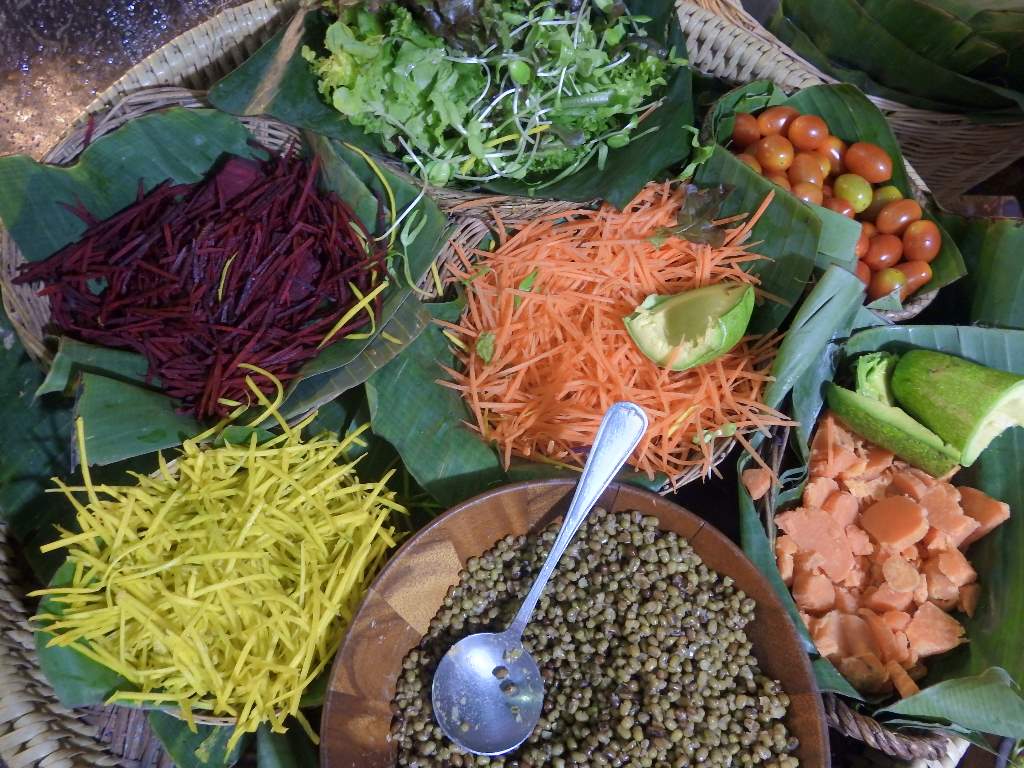
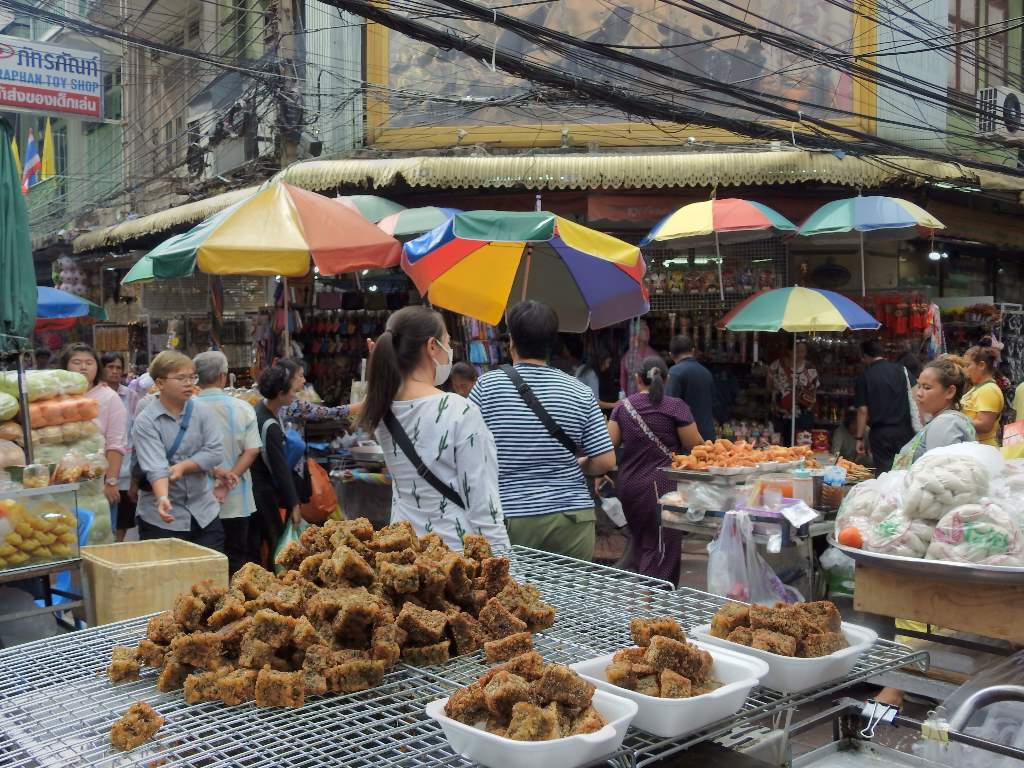
How to get to Thailand
Fly
A direct flight between Johannesubrg and Bangkok will clock in at just under 12 hours. I was hosted on a flight from Johannesburg to the Thai capital (Suvarnabhumi Airport) with a short transit at the new Addis Ababa International Airport courtesy of award-winning Ethiopian Airlines.
Overland
There are several overland borders between Myanmar, Laos, Cambodia and Malaysia. In late 2016, Thai authorities went further by introducing a rule that bars foreigners from crossing into Thailand overland and receiving visa-exempt stays more than twice in one calendar year.
By boat
You can also travel in the general direction of Thailand by boat. I took a two-day slow boat (there’s also a fast one, but what’s the fun in that) from northern Laos (at Luang Prabang) to very close to the border at Huay Xai.
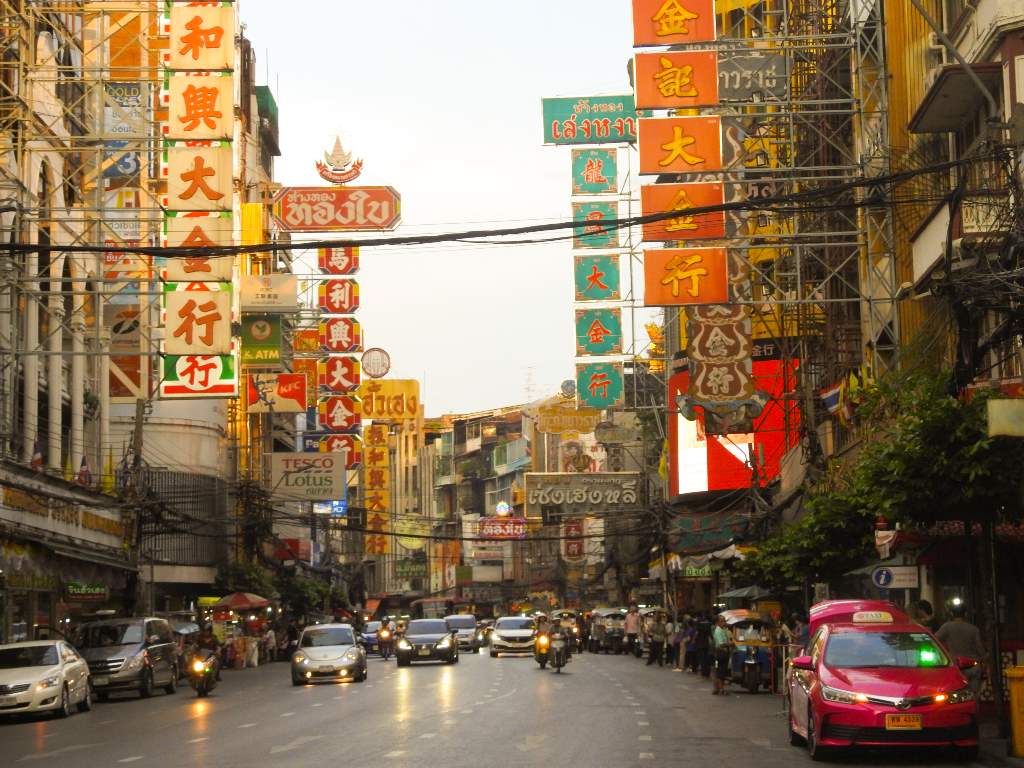
How to get around Thailand
Local flights
There are six airports in Thailand, across the main tourist hubs, if you’d like to fly regionally with Bangkok Airways, including two airports in Bangkok, one in Chiang Rai and Chiang Mai in the north, as well as in Phuket and Hat Yai down south.
MRT – metro and sky train in Bangkok
Busses are somewhat slow, mostly because they stop many times along the way to drop off and pick up passengers or cargo. While distances are long, bus routes are widespread and reach into the further corners of the country, though it goes without saying that road conditions are best along the main routes between major cities. Busses are inexpensive, stick to a regular schedule and have AC. Minivans are faster, mostly due to fewer stops, which makes them slightly more expensive, but still affordable. AC comes standard.
Scooters, motorbikes or enduro-style dirt bikes
They drive on the left-hand side of the road, you will need an international drivers’ license (AA). You’ll have to hand over your passport as a surety or a deposit. Make sure you inspect your bike for damages and photograph it as evidence, and take it for a quick spin to make sure that everything is in working order before you commit. Also read Google and TripAdvisor reviews, as some rental outlets, charge exorbitant replacement fees for cosmetic damages, such as a scratch.
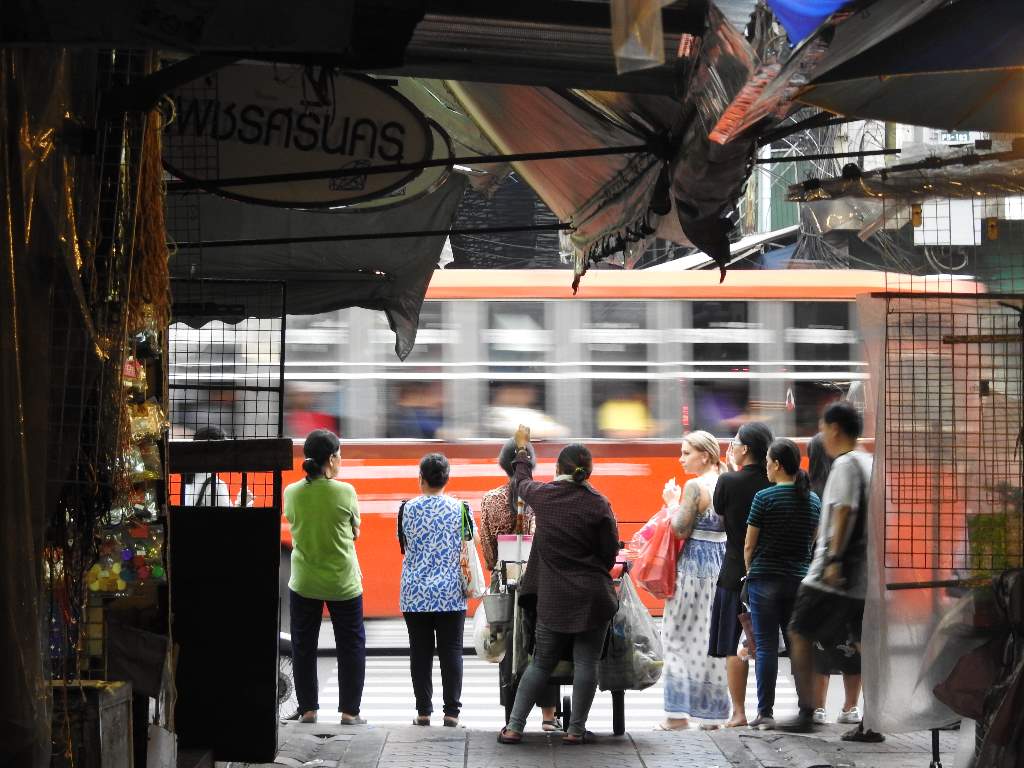
Tuk-tuks, taxis and rickshaws
For a truly Thai (and Asian) experience hop inside a tuk-tuk or a rickshaws. You can even jump on the back of a scooter taxi, if you’re brave. As always, be sure to negotiate the price before the journey begins – it’s best to write it down on a piece of paper( perhaps in your journal) or on your phone to ensure you’re both talking about the same 15 and not 50.GrabCar is the ride-hailing Uber-alternative.
By boat and ferry
You can take a boat and ferry from the mainland to many of the 1 430 islands, though Koh Samui and Phuket can also be reached by plane due to their popularity.
Trains
If time is on your side, then trains might be your best, and an affordable option. They arepunctual, follow a frequent schedule and thought they might be somewhat slower than other modes of transport, see it as an opportunity to stare out the window to acquaint yourself with the Kingdom better.
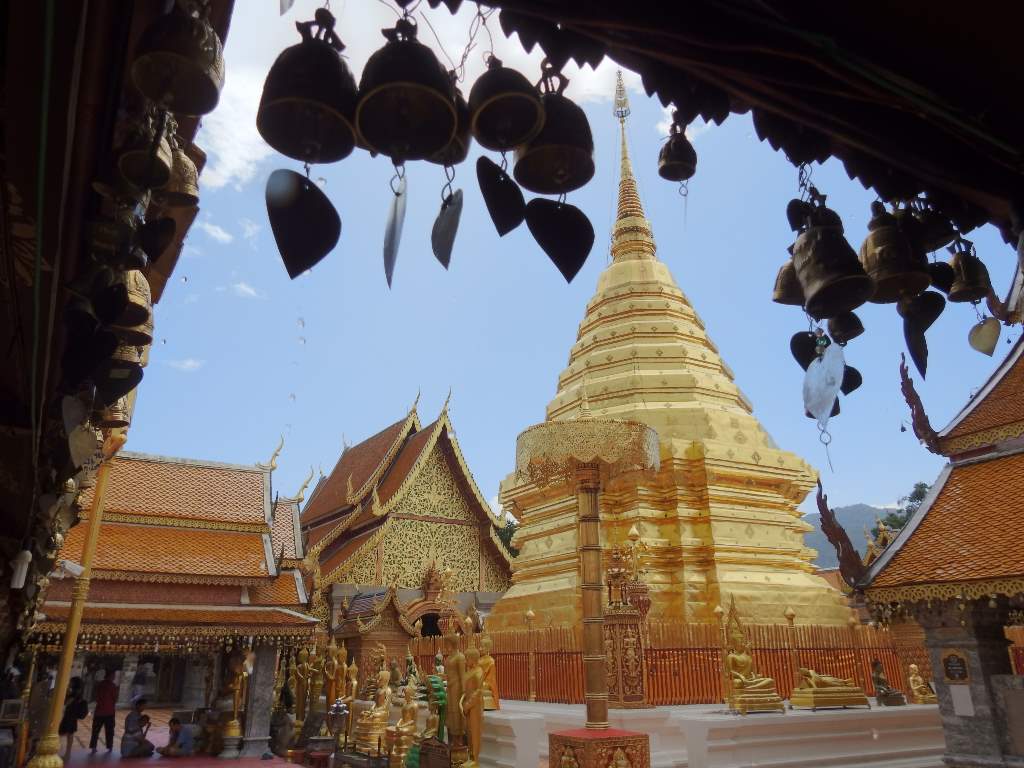
Find more travel resources about Thailand on the Tourism Authority of Thailand website.
PIN ME FOR LATER!

My flights from Johannesburg via Addis Ababa to Bangkok were kindly sponsored by Ethiopian Airways, while my domestic flights were sponsored by Bangkok Airways. I was hosted by the Tourism Authority of Thailand for one week, while the remaining three weeks of my trip were self-sponsored. All opinions are my own, but you already know that! ;)





These are such great tips for first-timers! I visited Thailand for the first time last year, and I’d really love to return…one month wasn’t enough for me to see everything!
Give me an entire year of non-stop travelling through Thailand and it still wouldn’t be enough. ;) But I feel that my month-long trip gave me an idea of what I would like to see and do when I return to the Land of Smiles next time. What would you want to see/do on your next visit to Thailand?
What a great guide! I’ve never been to Thailand, so this is super helpful!
Awesome, I’m thrilled to hear that! Thailand is truly an ‘easy and accessible’ Asian destination to travel to for first-timers to Asia.
This sounds like an amazing trip. I’ve just been to Bangkok and Phuket but I know there’s much more to Thailand than those 2 cities.
It’s a great start though, Sara! ;) I decided that I would visit Phuket another time – it gives me an excuse to return.
I love Thailand, it’s one of my favorite places. Your itinerary sounds amazing, you really got to explore so much. I will likely skip Bangkok next time I go but want to explore some more of the islands. You’ve got some really great tips here, especially for those not familiar with Thailand. The temple etiquette is a big one and I wish I’d been more prepared my first time there.
What a fantastic place! I’ve still not been but I hope to go some day
Really love reading about your experiences with organic farming and community-based tourism in Thailand. Most tourists visit Thailand for only a couple of days to see the main attractions so they might not have heard of these experiences before. Your sharing can inspire many people’s next trip to this beautiful country :)